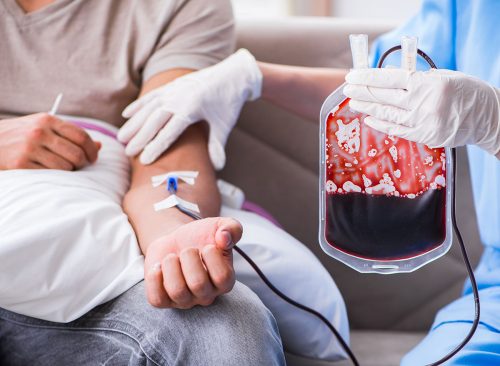Dancers Surprise Mourners at Funeral With Flashmob Performance of “Another One Bites the Dust”
"She was one of a kind, so she left the world how she lived it."

Mourners at a funeral were taken aback to see a flashmob break into Queen’s classic “Another One Bites the Dust” in the middle of the service. While this would seem an unusual choice for a funeral program, it turns out the entire thing was planned well in advance by the woman being mourned. Here’s why she wanted the flashmob at her funeral and what the dancers thought of the whole thing.

Sandie Wood, 65, passed away from tongue cancer and was one of 30,000 victims of the National Health Service (NHS) blood contamination scandal. She wanted to say goodbye in her own unique way, insisting on a pink coffin with her sparkly high heels and purses displayed next to it. “Going out in style” was written on the coffin.

Wood also had a floral white witch riding a broomstick on the top of the hearse. Her friend Sam Ryalls organized the flashmob. “She was one of a kind, so she left the world how she lived it, being herself,” he says. “She wanted everyone to remember her funeral but not for a sad reason.”

Ryalls says Wood was determined not to have a depressing funeral. “Everyone is sad and grieving because she is not here anymore but that doesn’t mean her final day had to be that way,” he says.

According to Ryalls, it wasn’t easier finding dancers who felt comfortable performing as a flashmob at a funeral. “The hardest thing was finding dancers who would do it. I rang so many different companies but they all said they weren’t comfortable doing it.”

Eventually, the dance troupe Flaming Feathers agreed to perform at the funeral. “We’ve been gigging for 12 years and we’ve never done a funeral,” said owner Claire Phipps. “We had to pretend to be part of the guests with people crying and grieving and then get up, whip our coats off and rock out. It was really nice to do something different.”

The NHS blood contamination scandal refers to the contamination of blood products supplied by the NHS in the United Kingdom between the 1970s and the 1990s. The contamination was caused by the presence of Hepatitis C and HIV, which were not adequately screened for at the time.
The scandal was first brought to public attention in the early 1990s when it was discovered that many people who had received blood transfusions or blood products through the NHS had contracted Hepatitis C. Further investigations revealed that the contamination had also led to a significant number of cases of HIV.
The contamination was caused by a number of factors, including the use of blood donated by high-risk groups, such as prisoners and drug users, as well as a lack of proper screening and testing procedures for blood products. In addition, many blood products were imported from other countries, where the risk of contamination was known to be high.
Despite these efforts, the NHS blood contamination scandal continues to have a lasting impact on those affected and their families. Many are still living with the physical and emotional consequences of the contamination, and calls for compensation and an apology from the government continue.














